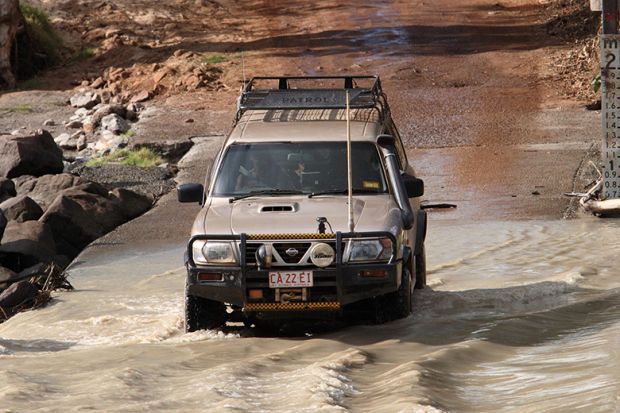Australia’s government needs to spend more to ensure that the country’s vast size does not stifle the educational aspirations of its non-urban inhabitants, a report says.
The report, by former education bureaucrat and remote school principal John Halsey, calls on the government to establish a dedicated regional, rural and remote education and training fund to improve opportunities in the bush.
Now a researcher with Flinders University in Adelaide, Dr Halsey also wants a national strategy – driven by an associated task force – to boost the “coherence” and coordination of non-metropolitan education.
His report says other parts of government, notably the health portfolio, already take this approach. “There is no such national strategy for education and training,” it points out.
The suggestions are among 11 recommendations and 53 “actions” advocated in the report, which was commissioned by the federal government last year. They include reviewing and increasing some forms of income support for regional students from disadvantaged families.
Education minister Simon Birmingham said that the government would consider the proposals and respond to them “where appropriate”. He highlighted existing support for university students from regional areas, including a A$70 million (£38 million) loading and 1,200 dedicated scholarships. The report highlights accommodation as a key issue for students from regional areas. It found that they were disproportionately affected by housing costs, which can exceed A$25,000 a year per student.
It cites a regional parent who claimed to have spent A$160,000 meeting the living costs of two daughters attending university.
The report says that availability as well as affordability of housing is a key problem for students from regional backgrounds. It says that they often lose beds to foreign students, and argues that some on-campus accommodation should be reserved for them.
“While there are some accommodation guarantees, the number of beds allocated for them is limited,” the report says. “Generally, universities are looking to maximise occupancy, and the allocation of beds is primarily on a ‘first-in’ basis.
“This may tend to benefit international students whose university offers have been made and accepted far in advance of their arrival. A domestic student using the standard university admissions process [after finishing school] has a very short timeline to make all the necessary arrangements.”
Another Australian government programme that was used to boost student accommodation, the National Rental Affordability Scheme, was monopolised to provide beds for international students, the report says.
Accommodation has become a central issue for both domestic and international students in Australia. Housing is exorbitantly expensive in the major metropolises of Sydney and Melbourne and is difficult to find in the Tasmanian capital, Hobart, which is experiencing unprecedented migration from the mainland.
ABC this week reported that six international students had been evicted from the library in a coastal campus of Charles Sturt University. They had reportedly been living there because they could not find beds elsewhere.
Register to continue
Why register?
- Registration is free and only takes a moment
- Once registered, you can read 3 articles a month
- Sign up for our newsletter
Subscribe
Or subscribe for unlimited access to:
- Unlimited access to news, views, insights & reviews
- Digital editions
- Digital access to THE’s university and college rankings analysis
Already registered or a current subscriber? Login








